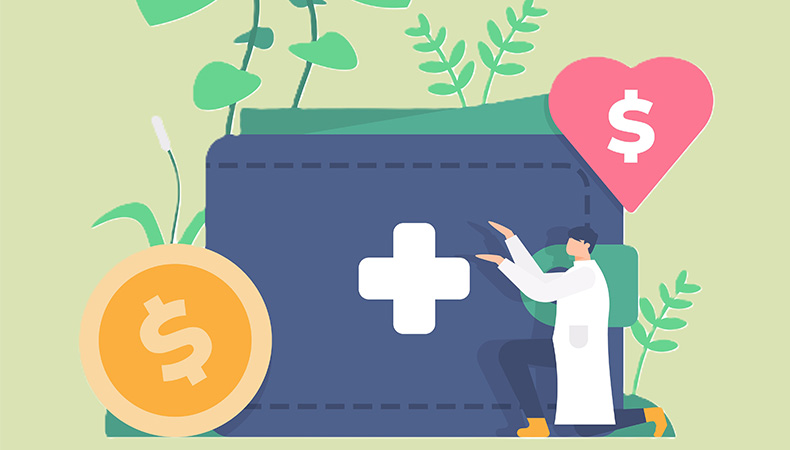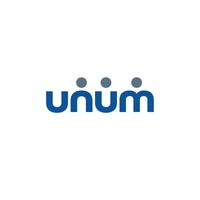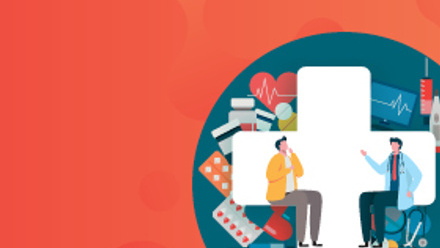Health cash plan myths: the hidden value employers can’t afford to ignore
Health cash plans have quietly supported UK employees with covering medical costs for over a century.
But despite evolving into employer-sponsored products that now reimburse everyday health expenses from optical care to physiotherapy, cash plans are still widely misunderstood. Rather than being offered as a strategic wellbeing tool, they are often bundled into benefits packages and, as a result, underused.
Research at Unum shows that 37% of employees don’t even know whether their employer offers a health cash plan. At the same time, more than one in ten employers have been with the same provider for six to ten years, suggesting that while these plans are familiar, they’re not always actively reviewed, communicated, or embedded into broader health strategies.
This passive approach means that employees miss out on valuable support. It also means employers may be overlooking a cost-effective way to reduce absenteeism and encourage preventative care.
Health cash plans aren’t broken - they’re underleveraged. To unlock their full potential, we need to challenge the myths that surround cash plans, and rethink how we position, communicate and use them.
Myth 1: Health cash plans are just for glasses and dental
This is perhaps the most persistent misconception. Yes, health cash plans cover routine optical and dental expenses but, while those benefits are still important, they represent just a fraction of what modern cash plans can offer.
Today’s health cash plans often include access to mental health support, physiotherapy and virtual GP appointments. These are not fringe benefits – they are essential components of a proactive health strategy. Still, the main reason people choose not to use a health cash plan, or decide to stop using it, is a lack of clarity about what services it covers (35%).
This gap between perception and reality highlights a clear opportunity. When employees are made aware of what’s available and how it supports their everyday health, engagement naturally follows. Likewise, when employers take time to spotlight the benefit and connect it to broader wellbeing goals, health cash plans can become a much more visible and valued part of the overall strategy.
Myth 2: Employees don’t use them
Low usage is often used as a reason to deprioritise health cash plans. But usage data doesn’t tell the full story. In many cases, it reflects how benefits are communicated, rather than how they are valued.
Our research found that 73% of employees have little or no understanding of what a health cash plan is, and worryingly, 20% don’t know how to access it. These are not trivial gaps - they are barriers to engagement. They also point to a broader issue: the assumption that just offering a benefit is good enough.
In reality, uptake depends on visibility, clarity, and relevance. Digital access, app integration, and proactive onboarding have transformed how employees interact with their benefits. When health cash plans are embedded into wellbeing platforms and clearly signposted, usage improves. And when employees understand how a benefit fits into their daily lives, they are far more likely to use it.
It is also worth challenging the idea that low usage means low value. A health cash plan may not be used every day, but when it is, it can prevent a minor issue from becoming a major one.
This is the essence of preventative care, and it’s where cash plans can have a quiet but powerful impact.
Myth 3: Cash plans are low value compared to PMI
Private medical insurance (PMI) often dominates the conversation around health benefits. It’s seen as the gold standard - comprehensive, high-impact, and essential for serious medical needs. But PMI and health cash plans serve very different purposes, and they shouldn’t be viewed as competitors.
Whilst PMI is designed for acute, high-cost interventions, finance and procurement stakeholders may find that health cash plans offer a more scalable, cost-efficient way to support everyday health needs such as routine check-ups, minor treatments and early-stage preventative support - especially when budgets are tight.
They are designed to be more accessible, more affordable, and more relevant to the majority of health issues employees face.
Consider this: an average of 4.1 sick days could be saved if employees had access to a health cash plan. That’s not just a productivity gain; it’s a wellbeing win that means fewer delays in accessing care, less financial stress, and a greater likelihood of early intervention.
Health cash plans also offer a level of flexibility that PMI often does not. They can be tailored to different workforce demographics, scaled to fit budget constraints, and integrated into broader wellbeing strategies. In this way, they complement PMI rather than substitute it.
Myth 4: If we've had the same provider for years, it must be working
It’s easy to assume that a long-standing relationship with a health cash plan provider means everything is working well.
Familiarity can feel like stability. But Unum research suggests that longevity doesn’t always translate to engagement or value: 39% of employers have been with the same provider for three to five years, and 19% for over five, but 42% would consider switching for better value. So, why do so many stay put?
For over a quarter of employers, the complexity of switching is the main barrier. This inertia is understandable, but it can also be limiting. When benefits are treated as static, their potential is often overlooked. Health cash plans shouldn’t be left to run in the background; they need to be regularly re-evaluated and re-communicated.
Auditing your current offering, engaging employees in the process, and aligning the plan with today’s health challenges can unlock far more than familiarity - it can deliver relevance, impact, and real value.
Looking ahead
The myths surrounding health cash plans, from narrow perceptions of what they cover to assumptions about low usage, have kept them from reaching their full potential. Most of these issues stem from how health cash plans are positioned, communicated and understood.
When clearly explained and embedded into a broader wellbeing strategy, health cash plans can support everyday health, promote preventative care, and help employees stay well and perform at their best.
Employers should consider reviewing their current cash plan offering, re-engaging employees through clearer communication and exploring how these plans can better support workforce wellbeing.
The future of employee wellbeing will see businesses offering better benefits – not more – to their employees. Quality over quantity. Health cash plans, when modernised and meaningfully integrated, have the power to shift the dial from reactive care to proactive support.
By challenging outdated assumptions and embracing innovation, employers can transform a familiar benefit into a truly strategic asset.
More on Unum's Health Plan 360 is available here.
Supplied by REBA Associate Member, Unum
Helping the working world thrive throughout life’s moments’








